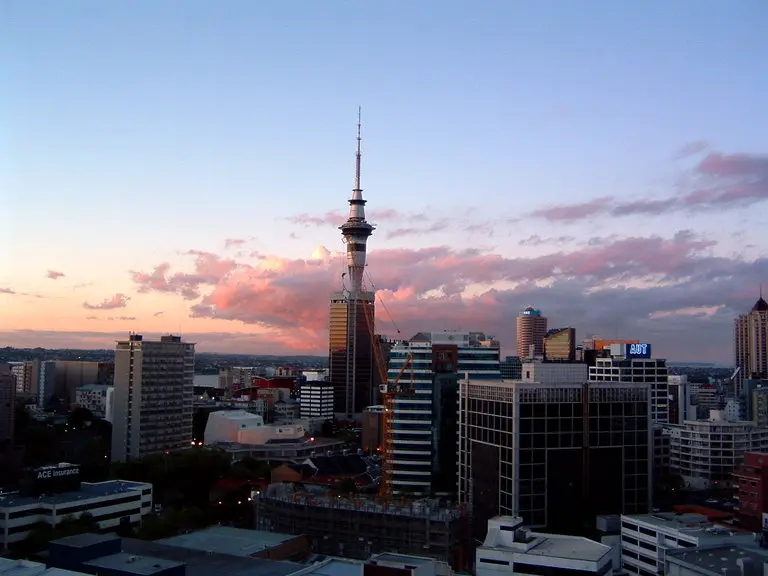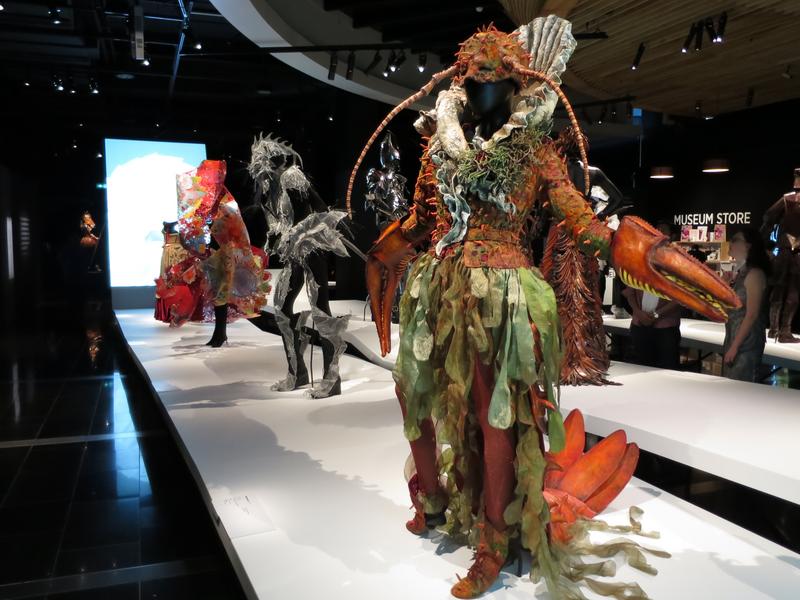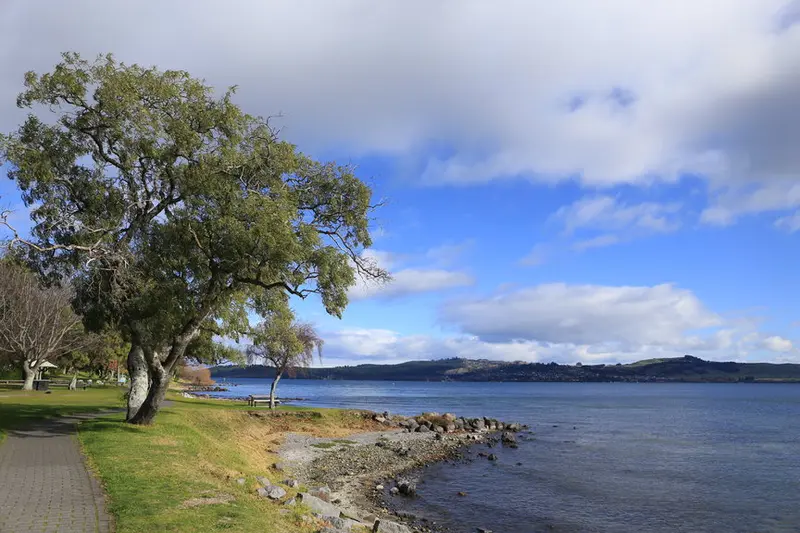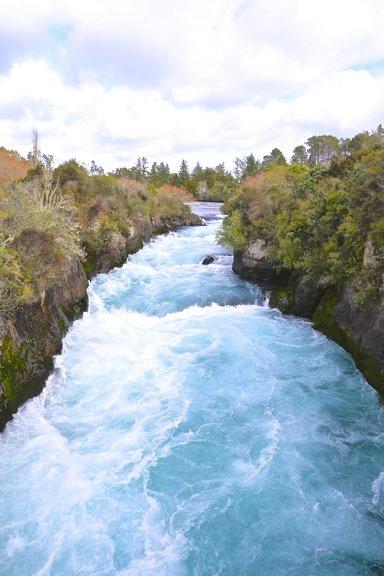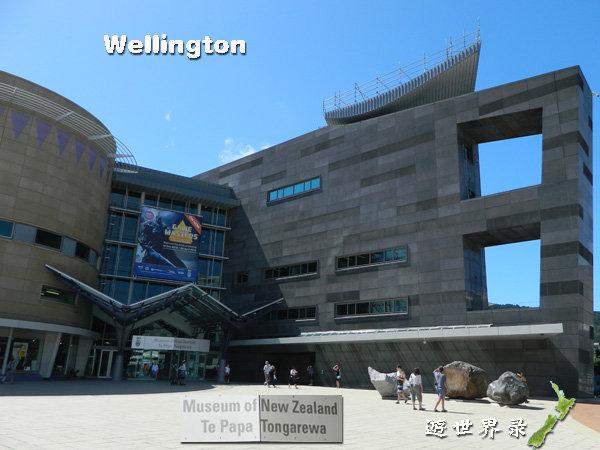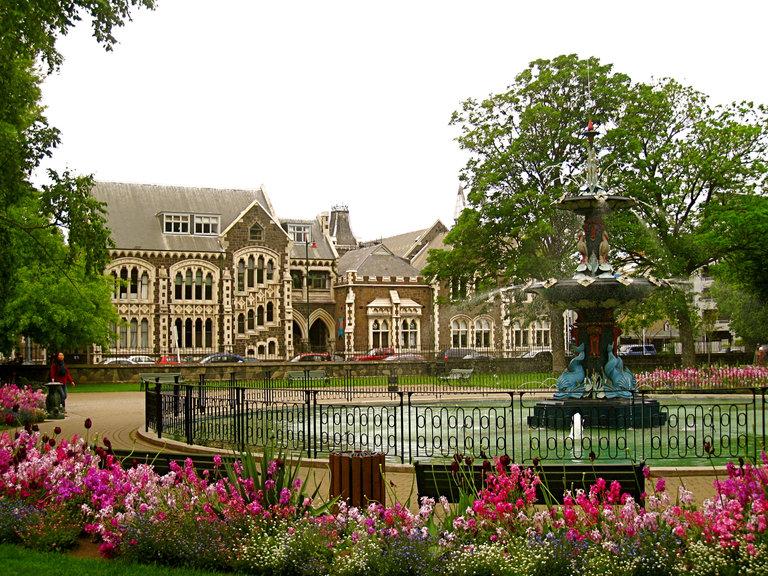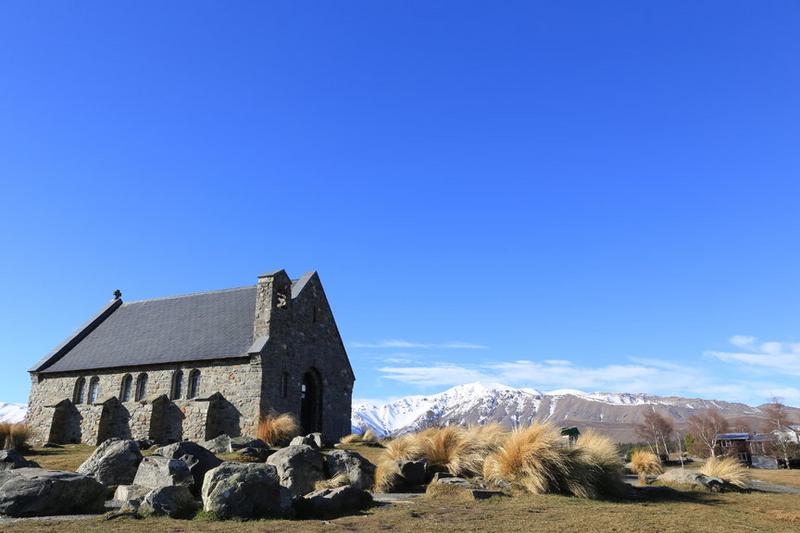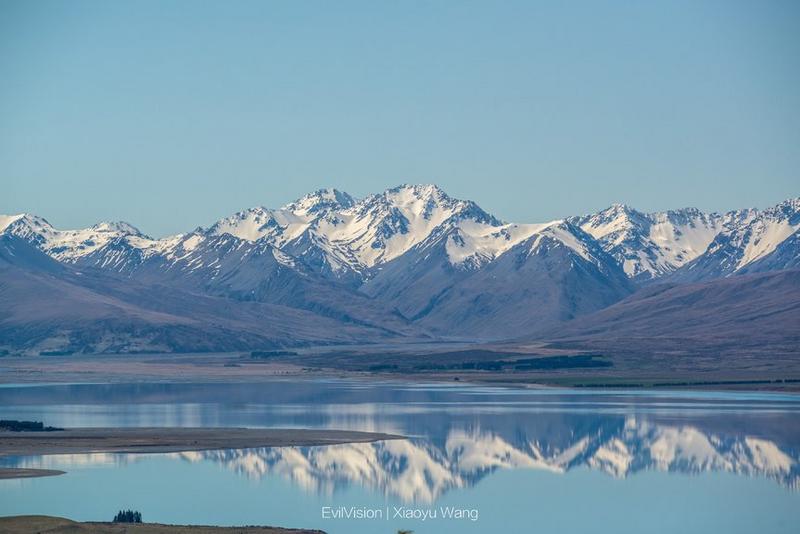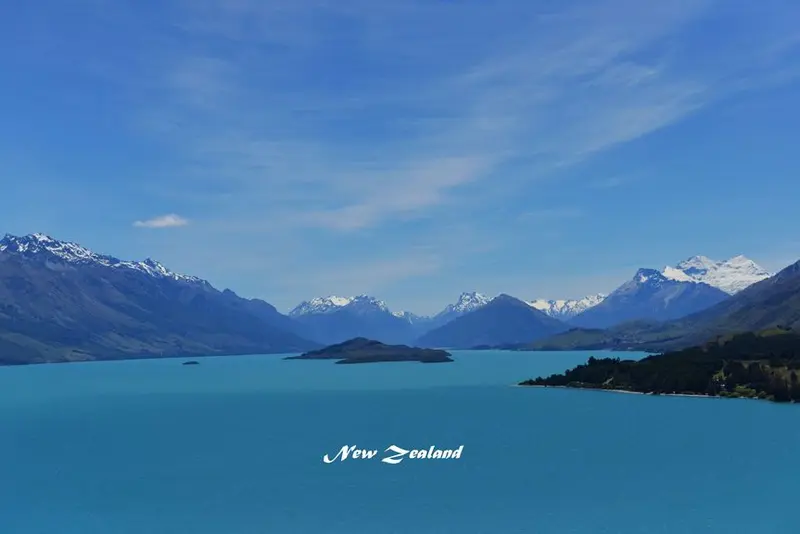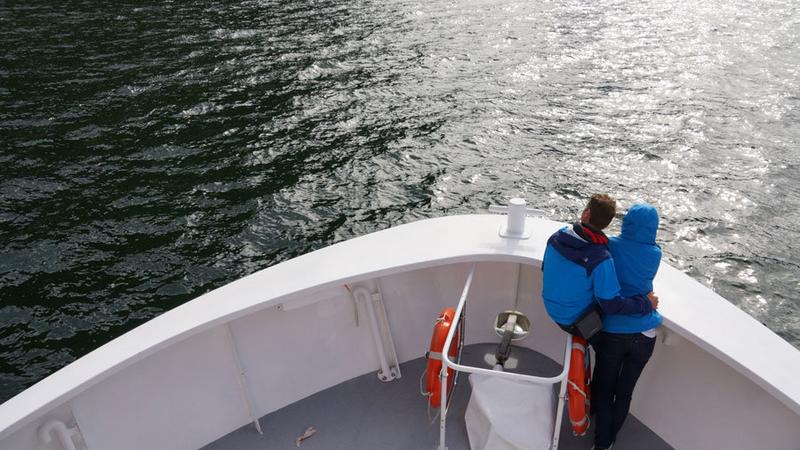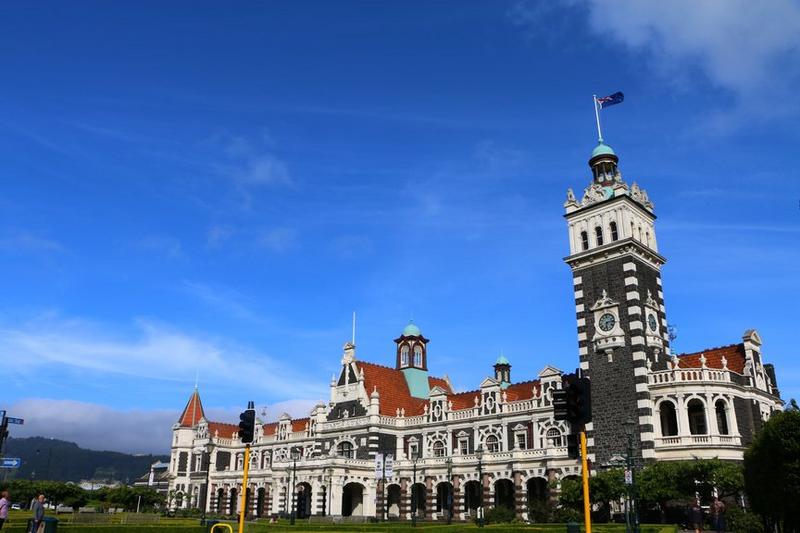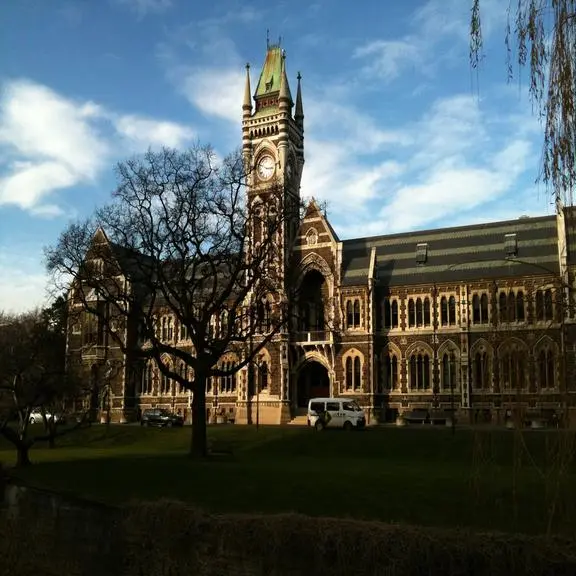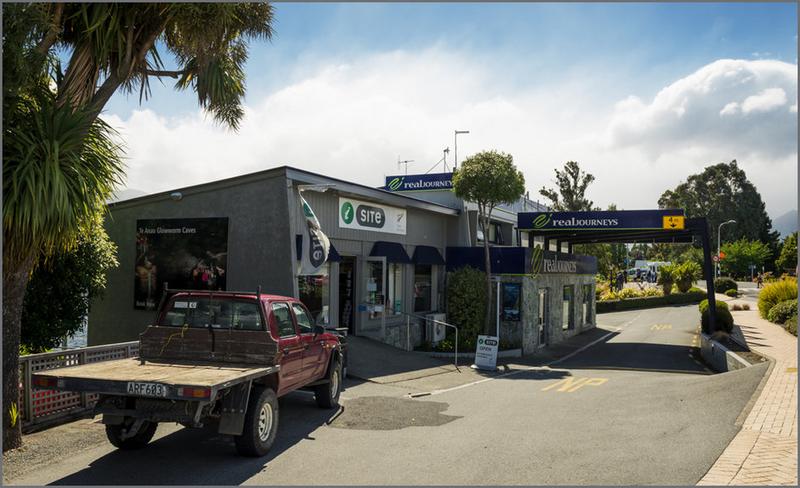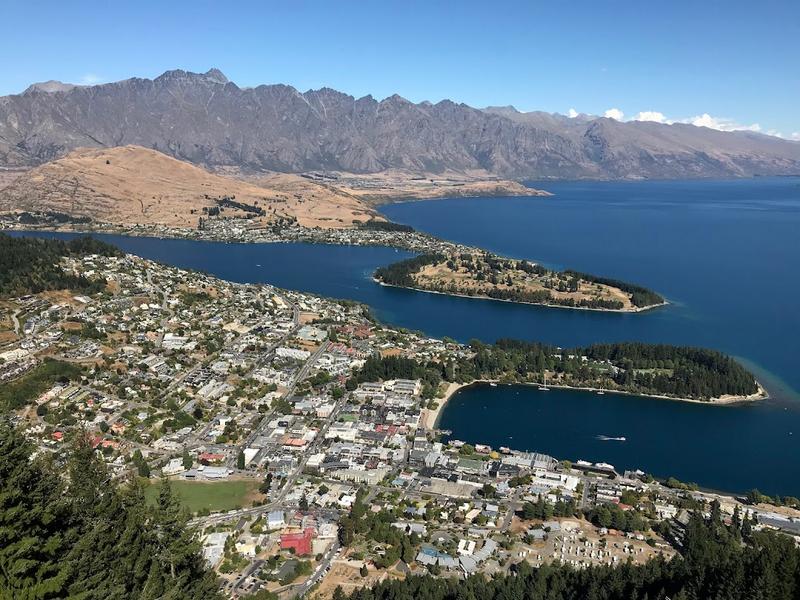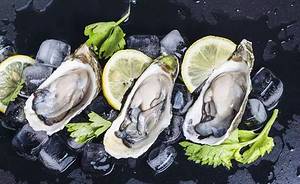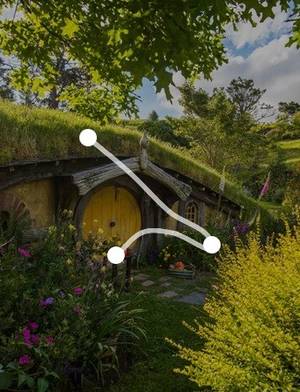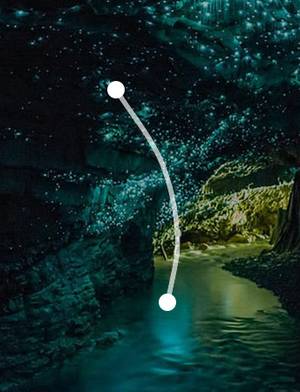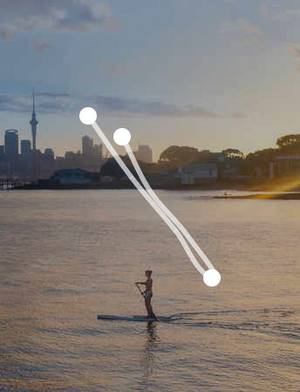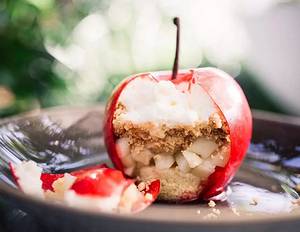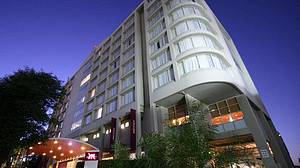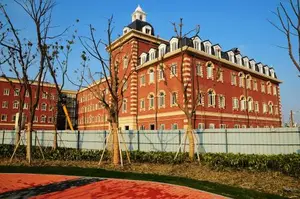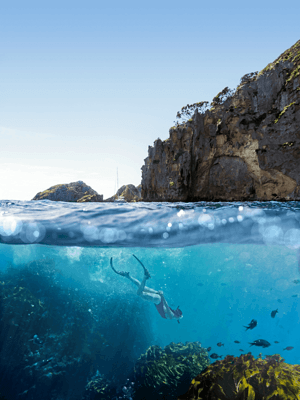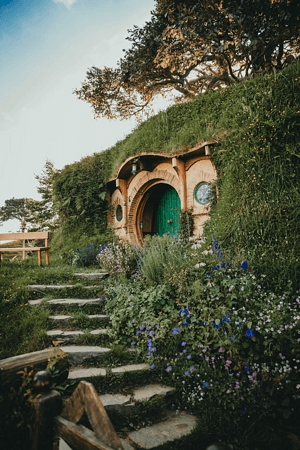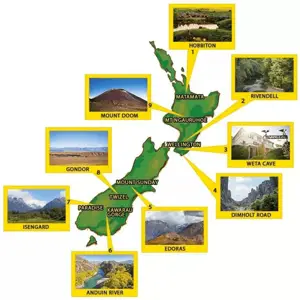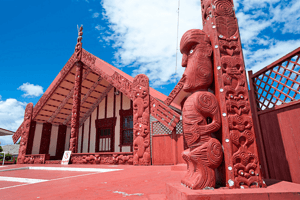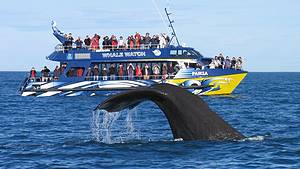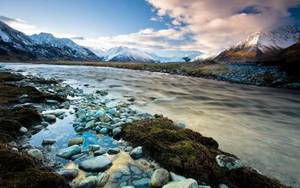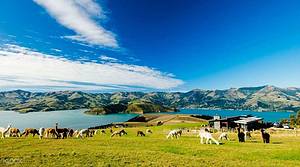12-Day New Zealand Tour: Natural Adventure and Cultural Charm
11 cities |
23 attraction(s) |
total distance 2039
km
 TIPS
TIPS
Day1
Day2
Day3
Day4
Day5
Day6
Day7
Day8
Day9
Day10
Day11
Day12
Day1: Auckland
2 attraction(s) ·
2 km
1
Sky Tower, the tallest building in the southern hemisphere, was built in 1996. It stands at 328 meters tall and boasts multiple observation decks which offer a 360-degree view of Auckland. High-powered binoculars aid visitors in enjoying the view. Broadcast services in various languages and interactive technology can be found throughout the tower. There are also audio-visual exhibits to help visitors learn more about Auckland. Visitors with tickets can access the main observation deck at 186 meters and the Sky Deck at 220 meters. If you are not afraid of heights, you can opt for the glass elevator ride, which allows you to admire outside views as you ascend. There are two observation decks on the tower, both surrounded by glass floors. You can stand on them and look up at the blue sky or feel the thrill of the high altitude beneath your feet. The SkyWalk and SkyJump are two extreme sports offered on the tower that require courage and daring to attempt. Several restaurants can be found on the tower, allowing visitors to enjoy delicious food. At night, the view from the tower is breathtaking, with many considering it even more spectacular than during the day. Visit the Sky Tower and enjoy an unparalleled experience, while taking in the beautiful sights of Auckland.
2
km
2
At the highest point of Auckland Park, you can find the Auckland Museum. Here, not only various precious collections are displayed, but also there are daily Maori cultural performances (fees apply). We strongly recommend that you come and admire its style.
Day2: Rotorua
2 attraction(s) ·
5 km
1
Traditional Maori village offering a guided bush walk, cultural performances & a ground-cooked meal.
5
km
2
Polynesia Spa is located in the government garden. It is a historical mineral spring and can be reached within a 5-minute walk from the center of Rotorua. There are a total of 35 hot spring pools here, and visitors can also buy a variety of hot spring derived products. Among them, the mineral mud beauty and skincare products are very famous.
Day3: Taupo
2 attraction(s) ·
20 km
1
Taupo Lake is located in the central region of the North Island volcanic area, known for fishing and vacationing, and is the largest freshwater lake in New Zealand. It is situated behind the Tangariro Mountains, and the famous Huka Falls is also located here. Despite its peacefulness and clearness in the summer, it is actually a volcanic lake that had violent ancient volcanic eruptions. Today, Taupo Lake is one of the few remaining wild trout spawning sites in the world and the largest trout fishing center globally. You can hire a guide to fish for rainbow or brown trout or learn the skills of fly fishing. The trout you catch can be cooked for you at many local restaurants or hotels. Huka Falls is one of the most popular sightseeing spots in New Zealand and a great place to take photos. The sound of thunder, the magnificent spectacle of up to 220,000 liters of water per second cascading down from the cliff top. You can also take a jet boat ride to get here. In addition, the area has many other interesting sights, including the famous moon crater (Craters of the Moon), where you can see oddities such as geysers, mud pools, and hot steam vents. Moreover, various water activities are available here, such as jet boating, parasailing, fishing, swimming, kayaking, canoeing, yachting, and seaplane sightseeing.
20
km
2
The Huka Falls are located in the Waikato region of New Zealand. With abundant water and spectacular scenery, it is one of the most popular natural landscapes in the area. The Waikato River mouth of the waterfall is 12 meters high and the water flow is 230 tons per second. Due to the effects of narrow passages and faults, the Waikato River appears light blue in color, like a beautiful gem. When the water flows impact the waterfall, the powerful force creates a foamy waterfall, which is very impressive. Therefore, locals call this beautiful waterfall "Huka", which means foam.
Day4: Wellington
2 attraction(s) ·
2 km
1
"Te Papa" is the nickname for the National Museum of New Zealand, located in the center of Wellington with a convenient location near the coast. The museum has been selected as one of the most popular museums in the southern hemisphere and represents the history and culture of New Zealand. The museum displays a rich collection of artifacts using high-tech and interactive exhibition methods for visitors. This museum is the best window to understand the history, geography and culture of New Zealand, and is well-liked by tourists from all over the world.
2
km
2
Wellington Parliament Building, designed by Sir Basil Spence, is considered one of the most magnificent wooden structures in the South Pacific. It consists of a Gothic-style library, a British Renaissance Parliament House, and a circular office building shaped like a beehive. The building has been controversial but its unique style is widely praised.
Day5: Christchurch
2 attraction(s) ·
1 km
1
Christchurch has a 300,000 square meter green land located by the Avon River, which is the most pleasant place in the city. Over ten thousand species of plants display a colorful array of colors in different seasons, bringing endless surprises to visitors. Whether it's the elderly, children, couples, or friends, taking a stroll in the botanical garden or enjoying a cup of coffee in the cafe is very pleasant. The visitor information center is located between the botanical garden and the Canterbury Museum and provides timely answers to any visitor questions. Come here and experience the atmosphere of the garden city!
1
km
2
The Canterbury Museum is located in the center of Christchurch, with a grand and distinct European architectural style. The museum has a diverse range of exhibitions, including New Zealand history, nature, Maori culture, art, etc. The Antarctic-related theme is particularly fascinating, showcasing vivid sculptures of emperor penguins and Coracle, a small boat used for survival during the shipwreck of 1907 on Disappointment Island. In addition, the museum has abundant specimens of birds from the South Pacific, showcasing the rich ecological diversity of our planet. Before July 2015, the special exhibition "Quake City" was open to the public, displaying the reconstruction and impact of Christchurch after multiple earthquakes since September 2010, providing a deeper understanding of the city’s history and development. The museum’s ticket prices are also very affordable, with only 10 New Zealand dollars for adults to enjoy the exhibitions. A visit to the museum will provide a deeper understanding of the history and culture of Christchurch.
Day6: South Island > Lake Tekapo
3 attraction(s) ·
14 km
2
The Church of the Good Shepherd is a historic church constructed by renowned architect Benjamin Woolfield Mountford in 1935. This church features a unique Gothic wood and stone building and is the only one of its kind in New Zealand. It is located on the shores of Lake Tekapo and surrounded by stunning natural scenery amidst towering mountains. Due to its unique architecture and charming environment, many couples choose to hold their weddings here, making it one of the most famous tourist attractions in New Zealand.
3
km
3
John's Mountain Observatory is renowned for its stunning scenery and convenient location. It's just a 15-minute drive from Lake Tikapoo, making it an ideal spot for stargazing.
Day7: South Island > Queenstown
4 attraction(s) ·
196 km
3
Lush, lakefront peninsula with a waterfront trail & alpine vistas, plus an ice rink & skate ramps.
2
km
4
Nestled in a glaciated valley, New Zealand's third largest lake is shaped like a lightning bolt and boasts stunning scenery. The northern end is where the Dart River merges into it, while the Kawarau River flows into the lake mouth after originating from Queenstown. It is surrounded by high mountains, with the highest peak being Mount Earnslaw at 2,819 meters above sea level. The towns around the lake include Queenstown, Kingston, Glenorchy, and Kinloch, the center of New Zealand's outdoor activities. Bungee jumping, a worldwide sensation, originated here. One of the activities by the lake is a cruise on the historic TSS Earnslaw steamship to see the lake views. In the early 20th century, the Earnslaw mainly provided transportation for goods to the ranches on the lake shore. Today, it is still well-preserved and takes tourists to the Walter Peak sheep farm for a stunning view. All of these towns quietly nestled along the lake are worth a visit.
Day8: Queenstown
1 attraction(s) ·
0 km
1
Milford Sound is world-renowned for its towering mountains and wildlife, and draws more visitors than its rival, Doubtful Sound. One of the most well-known peaks in the area is Mitre Peak, which stands at 1682m tall and is named for its resemblance to a bishop's mitre. Bowen Falls is the only permanent waterfall in the area, standing at 161m tall, while the other permanent waterfall, Sterling Falls, is 155m tall. Visitors to Milford Sound can also see seals resting on the shore and may be fortunate enough to spot penguins, dolphins, and whales. Due to the area's high annual rainfall, visitors can often enjoy misty and magical views of countless waterfalls. There are two options for one-day tours of Milford Sound: a bus and cruise tour or a plane and cruise tour. The bus and cruise tour typically departs around 7am, boards the cruise ship between 12pm and 1pm, completes the tour of the sound within two hours, and returns to Queenstown in the afternoon. The plane and cruise tour takes 4 to 4.5 hours, and the two best cruise companies, Real Journeys and Southern Discoveries, provide Chinese-language commentary and offer both one-day tours of Milford Sound and plane-and-cruise tours. Most tour companies offer free hotel transfers, but this should be confirmed at the time of booking.
Day9: Dunedin
2 attraction(s) ·
2 km
1
This British railway station is steeped in history, with exhibitions inside and tourists able to take trains to the nearby coastal peninsula.
2
km
2
This university, founded in 1869, is one of the oldest in New Zealand. The clock tower at the Registrar's office is an iconic building in Dunedin, with its architecture modeled after the main building at the University of Glasgow. The use of dark basalt and light Oamaru stone creates a strong color contrast. The university is open to visitors and guided tours are available to showcase its beautiful campus and rich history.
Day10: Invercargill
1 attraction(s) ·
0 km
Day11: Te Anau
2 attraction(s) ·
18 km
1
Lake Te Anau is a famous lake in the Fiordland National Park in the southwest of the South Island of New Zealand, and is the second largest lake in the country after Lake Taupo. The lake is 55 kilometers long, covers an area of 344 square kilometers, and has an altitude of 210 meters. Lake Te Anau is also one of the largest glacier lakes in the southern hemisphere, with three huge fjords extending westward along its north-south axis, namely the North, Middle and South fjords. In addition, the lake has many small bays and estuaries. The maximum depth of Lake Te Anau is 417 meters, and the Waiau River originates here. The lake also breeds salmon and sturgeon, and is a popular tourist attraction.
18
km
2
Discovered in 1948, this cave system is a popular tourist attraction because of its glow worms.
Day12: Queenstown
1 attraction(s) ·
0 km
1
